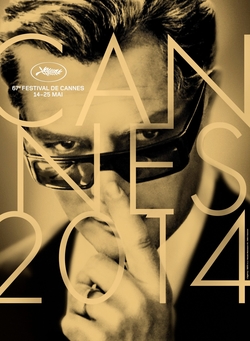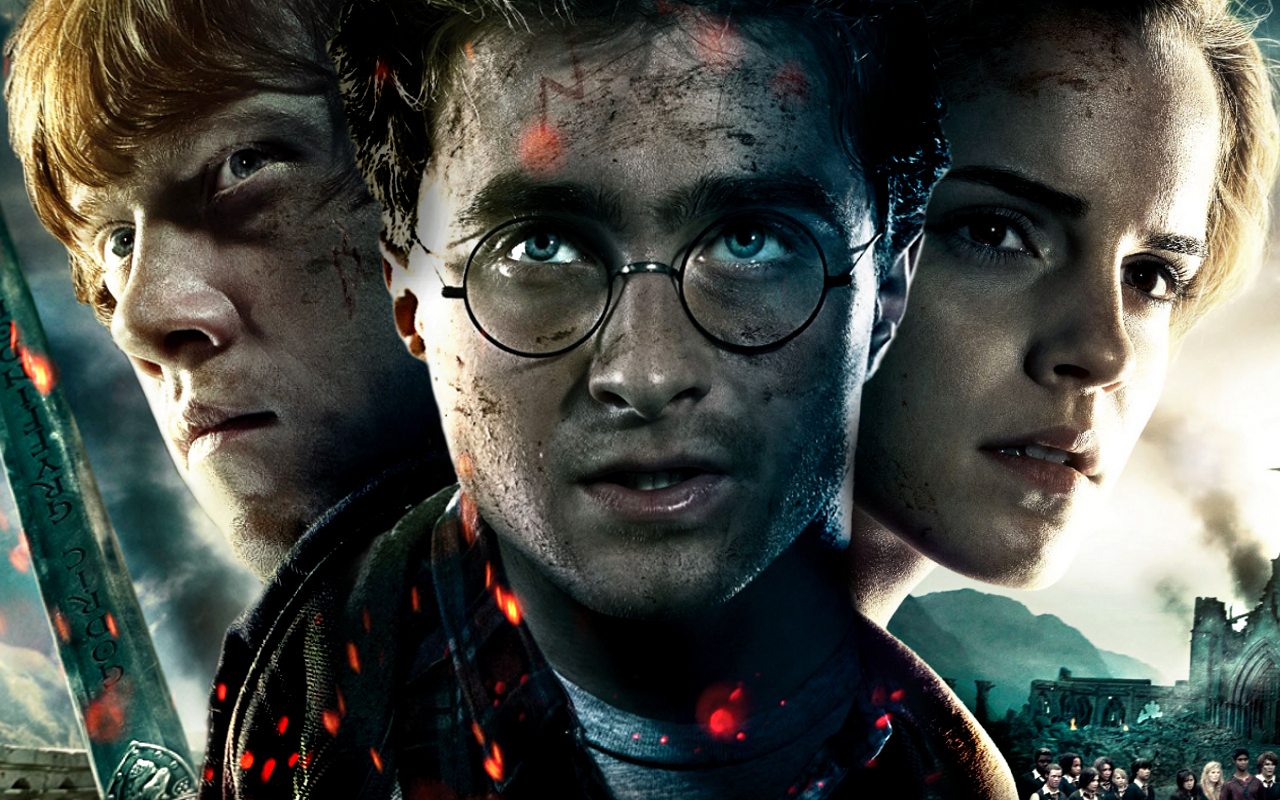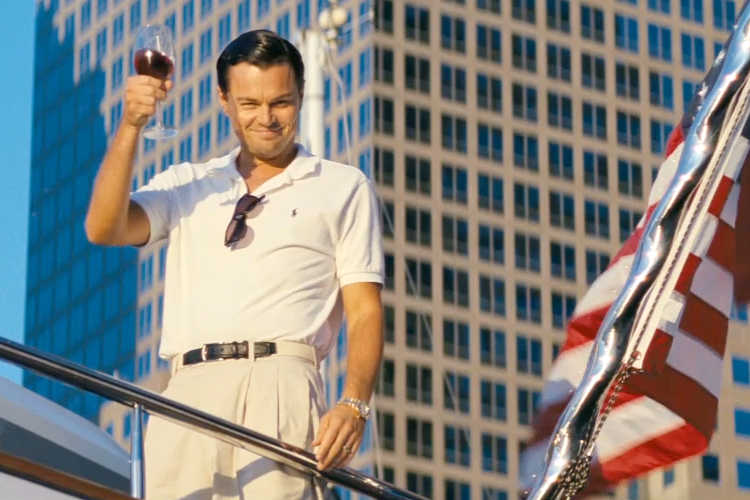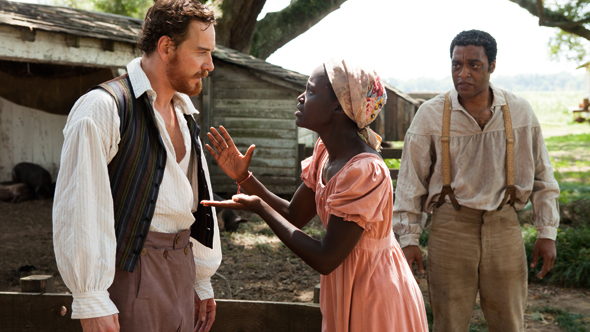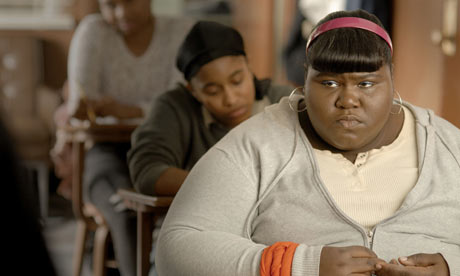Jia
Zhangke’s newest feature, A Touch of Sin,
is a giant departure from his more neo-realist inspired films. A Touch of Sin has been compared to the
work of Quentin Tarantino and Johnnie To, often using violence for symbolic
meaning. However violence towards animals specifically is a reoccurring motif, bypassing
that would be ignoring an important message in Zhangke’s feature.
 Zhangke
uses violence throughout towards animals and humans interchangeably. Violence
against both is used by those who have lost hope within China’s new found
wealth, and is seen as their only means to regain any sort of control. We are
repeatedly shown that when people have been reduced to their weakest point,
lashing out seems the only logical
response. This is most clearly portrayed in the opening section of A Touch of Sin. Dahai (Wu Jiang)is a man who has lost faith
with trying to do things fairly, and instead lashes out in a rage of gunfire.
Dahai however, doesn’t just shoot those who have become corrupt and have taken
advantage of the locals, he also kills an average man who we are shown has
relentlessly been whipping his horse. We can assume this man is whipping the
horse due to this his frustration at, perhaps, his only source of income, one
that has become tired, and old. He knows that if the horse gives up, he is left
hopeless in a country that has developed too rapidly for him and is quickly
leaving him behind. The man has been left with nothing but this last resort, to
let out his frustrations with violence, even though he is surely aware this
will only exacerbate the problem. He has become part of the cycle of corruption
and violence through no fault of his own, with Zhangke suggesting that
corruption and violence are two of the same thing. As Dahai is attempting to
rid the whole area of this corruption/violence, and placing the innocent first,
this man becomes a victim of Dahai’s rage. Dahai is aware of the corruption that happens
around, and with being aware of this, as well at the fact that he has lost
faith in the government, accepts the fact that he must resort to killing. Dahai
however ensures that he will instead use this in order to defend the innocent,
both human and animal. With Dahai killing this man, a person who could be seen
as a symbolic representation of a man attempting to reassert dominance over an ‘inferior’
creature, Dahai takes upon a duel role, where he becomes the symbolic revenge
of those who have fallen victim of an abusive, corrupt government for both
humans and animals. Dahai (a character that could be seen as Zhengke’s release
of his own frustrations with the government) sees the abuse of power not only
in those who take advantage of humans, but also those who take advantage of
animals. By wrapping his gun with the image of a tiger, he has symbolically
become a defender of both the down-trodden human and animal, and given power
back to both. Both gun and tiger are, after all, seen as the most powerful
weapon for mankind, and most powerful creature in the animal kingdom.
Zhangke
uses violence throughout towards animals and humans interchangeably. Violence
against both is used by those who have lost hope within China’s new found
wealth, and is seen as their only means to regain any sort of control. We are
repeatedly shown that when people have been reduced to their weakest point,
lashing out seems the only logical
response. This is most clearly portrayed in the opening section of A Touch of Sin. Dahai (Wu Jiang)is a man who has lost faith
with trying to do things fairly, and instead lashes out in a rage of gunfire.
Dahai however, doesn’t just shoot those who have become corrupt and have taken
advantage of the locals, he also kills an average man who we are shown has
relentlessly been whipping his horse. We can assume this man is whipping the
horse due to this his frustration at, perhaps, his only source of income, one
that has become tired, and old. He knows that if the horse gives up, he is left
hopeless in a country that has developed too rapidly for him and is quickly
leaving him behind. The man has been left with nothing but this last resort, to
let out his frustrations with violence, even though he is surely aware this
will only exacerbate the problem. He has become part of the cycle of corruption
and violence through no fault of his own, with Zhangke suggesting that
corruption and violence are two of the same thing. As Dahai is attempting to
rid the whole area of this corruption/violence, and placing the innocent first,
this man becomes a victim of Dahai’s rage. Dahai is aware of the corruption that happens
around, and with being aware of this, as well at the fact that he has lost
faith in the government, accepts the fact that he must resort to killing. Dahai
however ensures that he will instead use this in order to defend the innocent,
both human and animal. With Dahai killing this man, a person who could be seen
as a symbolic representation of a man attempting to reassert dominance over an ‘inferior’
creature, Dahai takes upon a duel role, where he becomes the symbolic revenge
of those who have fallen victim of an abusive, corrupt government for both
humans and animals. Dahai (a character that could be seen as Zhengke’s release
of his own frustrations with the government) sees the abuse of power not only
in those who take advantage of humans, but also those who take advantage of
animals. By wrapping his gun with the image of a tiger, he has symbolically
become a defender of both the down-trodden human and animal, and given power
back to both. Both gun and tiger are, after all, seen as the most powerful
weapon for mankind, and most powerful creature in the animal kingdom.
The
image of whipping is repeated later on in the film, where Xiao Yu (Zhao Tao) is
beaten in the same manner, this time however with wads of cash. This far more
explicate use of symbolism shows Zhangke’s belief that money has become the
dominate force in modern China, and this has lead to the abuse of power. By
repeating the image of the beating of the horse, this time on Xiao Yu, Zhangke
lays the abusive nature of the Communist Party as not being mutually exclusive
to just humans or animals. Zhangke see’s the rise of importance of money, and
the governments shift towards capitalism as being the key reason why rural
China has seen itself left behind the urban, increasingly cosmopolitan sprawls
that the cities have become. Money, for Zhangke, has become a weapon as
powerful as the gun, or the tiger.
Corruption
has become intertwined with violence for Zhangke, and A Touch of Sin shows how quickly this has gone out of control. By
using the basis of real stories found on Weibo, Zhangke stitched together
stories the breadth of the country in order to reinforce this belief, and to
demonstrate the far-reaching impacts that the dramatic reforms made by the
Chinese government have had on the average citizen, and to attempt to
demonstrate why a rise in extremely violent crime has recently become an
important talking point in Chinese social media.



